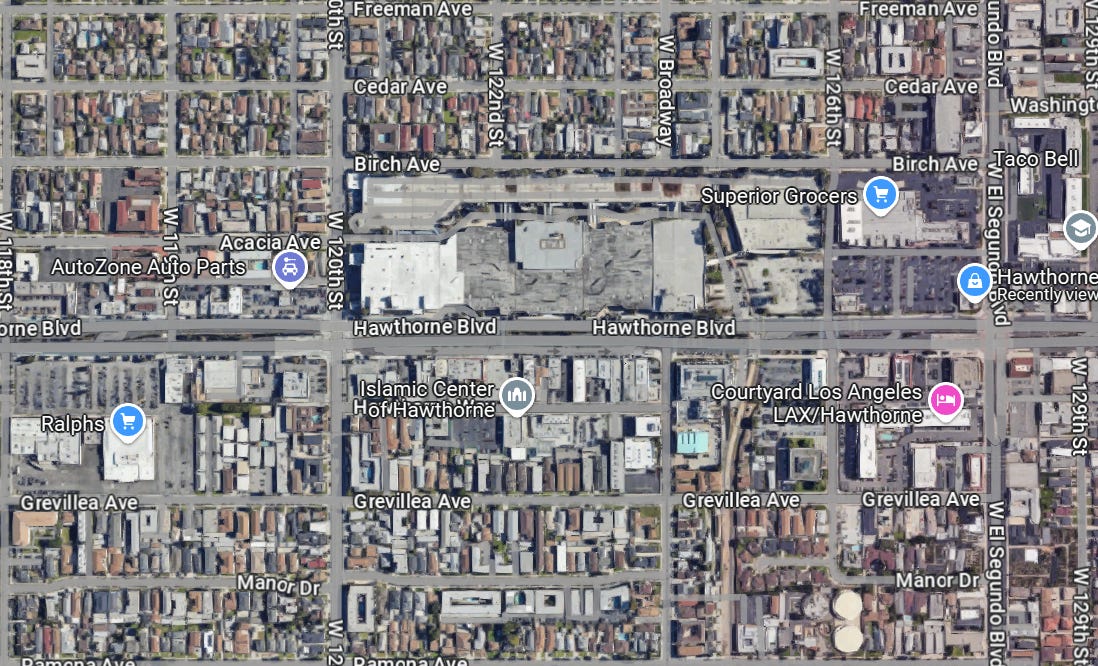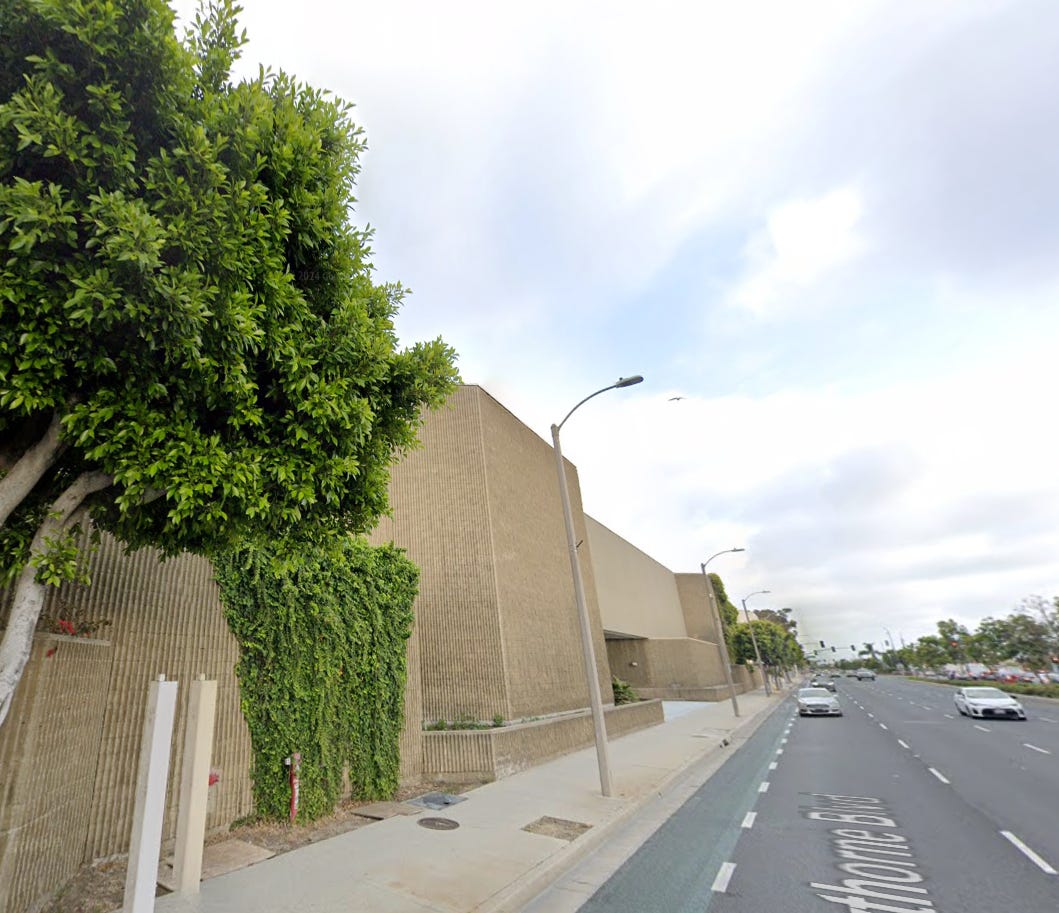In Defense of Snow Days, The Bulwark, Clare Coffey, February 6, 2025
This is such a great piece, on the importance of not always trying to be efficient and productive, with a focus on the awful development of “remote learning” being used to abolish the idea of snow days.
You go to bed, hoping. A snow day is coming. Please God, let it come.
And in the morning, the world is transformed.
It is too quiet, which is what wakes you first. What might, in another context, signal terror—unnatural silence, daily life stilled, a white shroud—is only joy. The snow has come. You leap down the stairs, where the radio is already switched on, and there you wait, a cell of solidarity with your fellows all across the region, for the magisterial authority of KYW 1060 or its equivalent to confirm for your ears what your eyes have seen. School is closed. It’s not just snow. It’s a snow day.
For generations of children and adolescents, snow days have been, hardly less than Christmas, the reason winter exists in the first place. Each one is a small civic miracle, a day officially allotted to bus rides and long division spent instead in sledding and snowball fights. You have hot chocolate for breakfast and hot chocolate for lunch. You wear pajamas and snow pants. You trespass with abandon, as neighbors’ hills and public streets become fair game.
Look, I assume not everyone had this experience growing up. But everyone should, or at least should have the chance. I don’t know how widespread remote-learning days are. This may be one of those things became more of a narrative based on a few cases. But if there was an overreaction, it was a good one. The snow day isn’t just a day off; it’s symbolic of our ability to pause “important” things, to have perspective.
Coffey even suggests that when a snow day is declared by the schools, work should, to the extent possible, be off too: “This sense of reprieve, of the suspension of predictable rules, is the most important reason we should extend the benison of snow days instead of taking them from children.”
Yeah. That’s really important. A culture can’t forget that.
This is a really nice, and not overdone, analysis of a classic Calvin & Hobbes cartoon. Read the whole thing.
I always liked Calvin & Hobbes a lot. I grew up much the same: rambunctious only child, stay-at-home mom, dad who went off to a white-collar job, house in the suburbs, a lot of time and space; I remember those days when boredom was an invitation to imagine. I suppose there’s nothing terribly unique about this sort of childhood, certainly not in the 1980s when the strip started, or when Bill Watterson himself was a kid. But one of the marks of being very good at storytelling is making the reader feel almost like you’re writing specifically for him.
This bit is notable to me:
The denouement in the final panel packs an emotional wallop—but, significantly, this moment also finds Dad quietly paying the price for his afternoon of family play, still at his boring adult work up to and past Calvin’s bedtime. Today Dad is a hero in Calvin’s eyes because of panels 10 and 11. Yet the heroic choice of panel 9 embraces the sacrifice of the last panel: a sacrifice that Calvin doesn’t notice or understand, though Mom surely does. This subtlety alone places this strip among Watterson’s finest work.
What he means is that mom and dad can’t relax together after the kid’s bedtime because dad spent so much time with the kid. That makes you think about priorities, in a lot of ways.
Urbanism-as-a-Service, Urban Proxima, Jeff Fong, January 27, 2025
This is a piece about transportation and urban design, with a focus on the California Forever “new city” plan (as well as, further down, a project in Honduras):
Anyone who’s had the misfortune of driving around Los Angeles or Houston knows that personal vehicle use stops working at a certain scale. Mass transit, however, doesn’t just automatically pick up where cars leave off. Transit needs density at a certain level to work really well, and there’s an awkward intermediary phase where a city is dense enough to make driving inconvenient, but not quite dense enough for transit to be effective.
Now, Yimbyism is gradually bending the long arc of history towards densification in existing cities. In the meantime, though, this is exactly the type of problem that a project like California Forever gets to sidestep by building a transit friendly environment from day one.
This is the key:
Cities, properly understood, are never-ending group projects. So when we talk about city building, we’re really talking building the setting in which that group project takes place. The stage isn’t the play and the soil isn’t the tree, but, in either case, the latter requires the former to exist.
Creating the necessary substrate for urban life is exactly the tack that both California Forever and Ciudad Morazán are taking. And it’s how we should understand the process of building new cities.
I don’t think I’m the first person to put it this way, but the California Forever project is, to use a tech analogy, as much about reverse-engineering or emulating the “operating system” of a city, as it is about building a physical urban place. (I’m not familiar with the Ciudad Morazán, but it sounds like it’s based on the same aspiration.)
I would really, really like to see someone crack this code.
Are Social Media Platforms the Next Dying Malls?, The Honest Broker, Ted Gioia, December 12, 2024
A shopping mall destroyed my home town.
Maybe that’s not as scary as Godzilla destroying Tokyo (again!—yawn) or a cockroach eating Cincinnati. But it proved just as effective.
They cleared out 35 acres in the middle of my ‘hood to build this monstrosity, eliminating historic buildings and scenic park space. But the promised economic benefits never arrived—tenants soon left in the face of shootings, theft, and declining sales.
Here it is in the middle, several city blocks leveled and now effectively vacant:
It’s strange that we thought designing a mall to look like a highway sound barrier was a good idea:
But anyway, this piece isn’t really about malls. It’s about this:
Not long ago, we hoped that these artificial gathering places could be robust, vital replacements for the neighborhoods we tore down. But what I’ve learned is that you pay a heavy price for replacing a real community with a fake one.
And that brings me to the subject of social media platforms—which increasingly resemble these old, decrepit malls.
Read the whole thing. It’s a great piece and very sharp analogy.
Related Reading:
Thank you for reading! Please consider upgrading to a paid subscription to help support this newsletter. You’ll get a weekly subscribers-only piece, plus full access to the archive: over 1,200 pieces and growing. And you’ll help ensure more like this!






Good suggestions today! As a child of the 70s and teenager of the 80s, these all really hit home this morning. 🩷
Snow days are some of my favorite memories of growing up in Vienna. We had a great sledding culture in my neighborhood and tolerate neighbors.
Alexandria did a full-on remote learning day during the last storm after having traditional snow days at the start of the year because the kids didn't have their chromebooks over winter break.
I don't know how much learning happens when a big percentage of the day is spent navigating the technical challenges. It's certainly hard on the parents who are likely teleworking to jump up at irregular intervals.